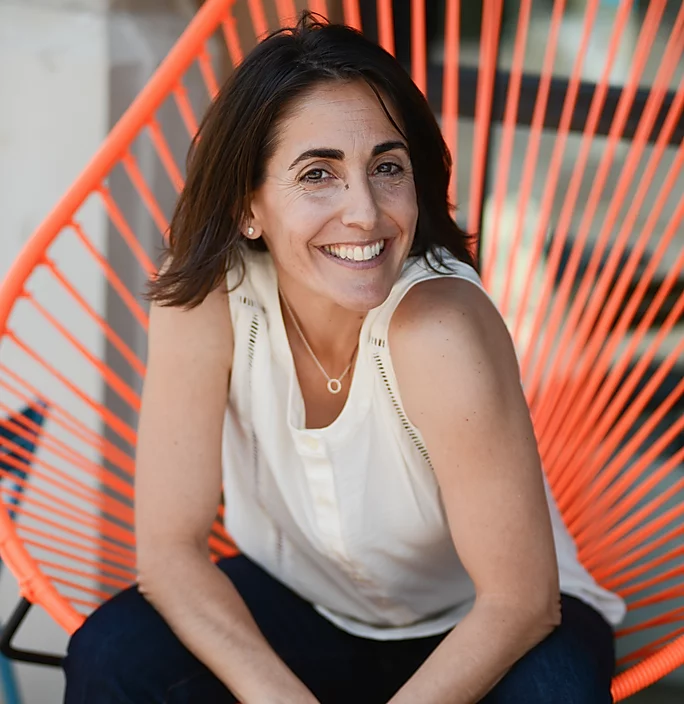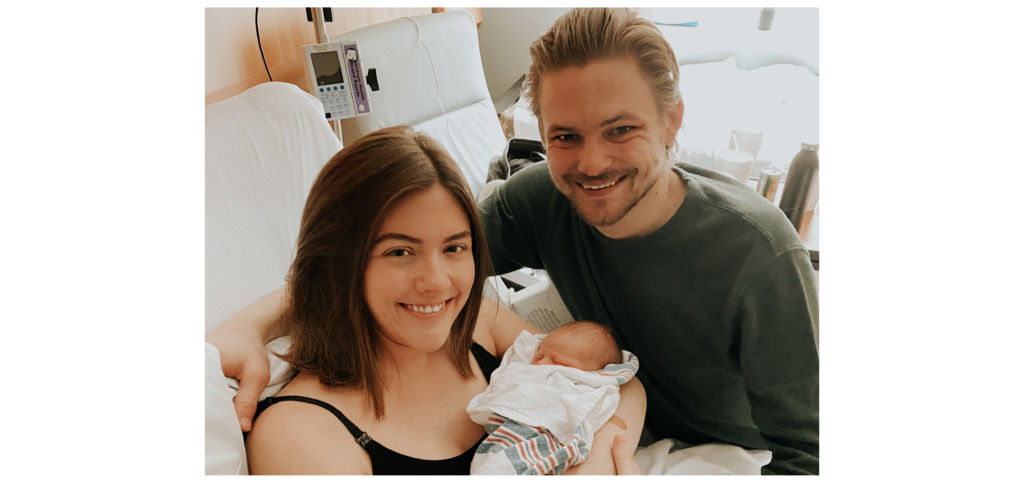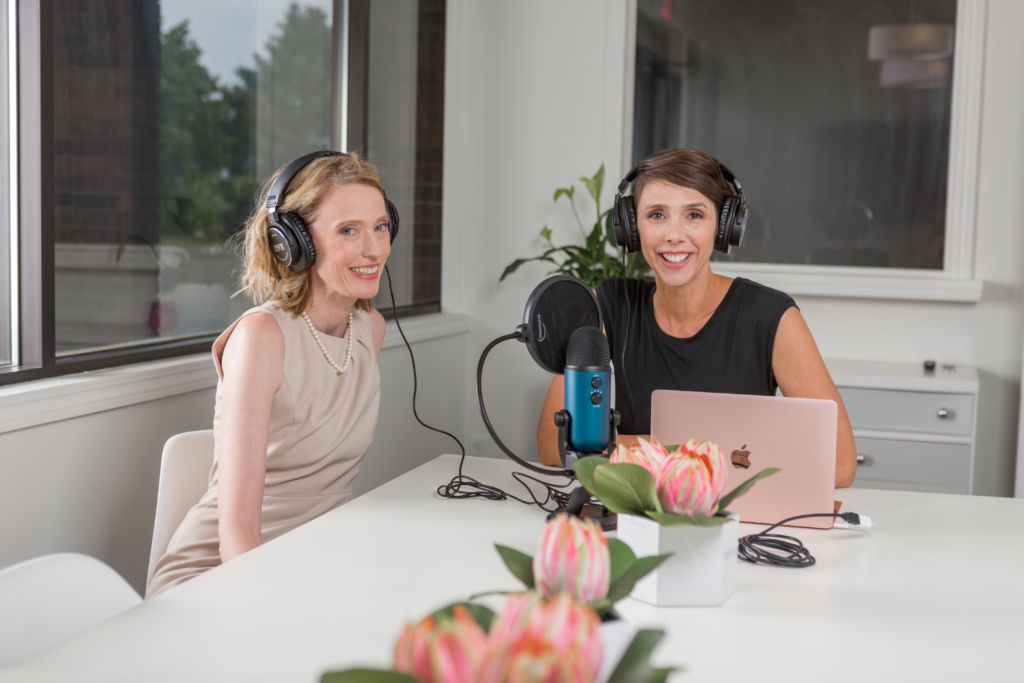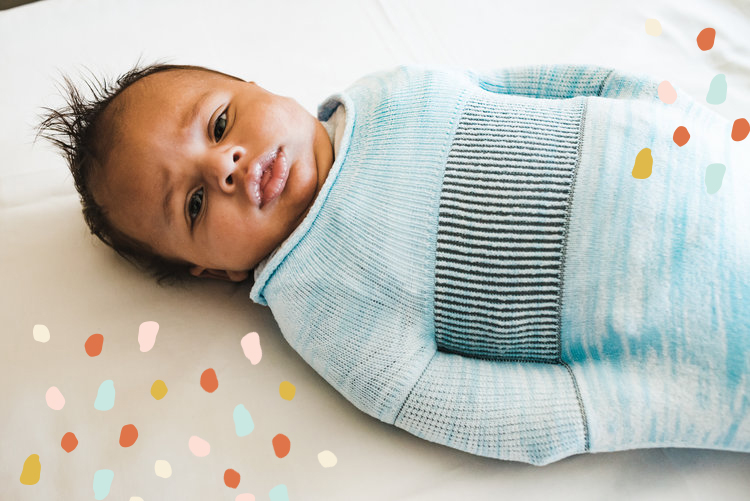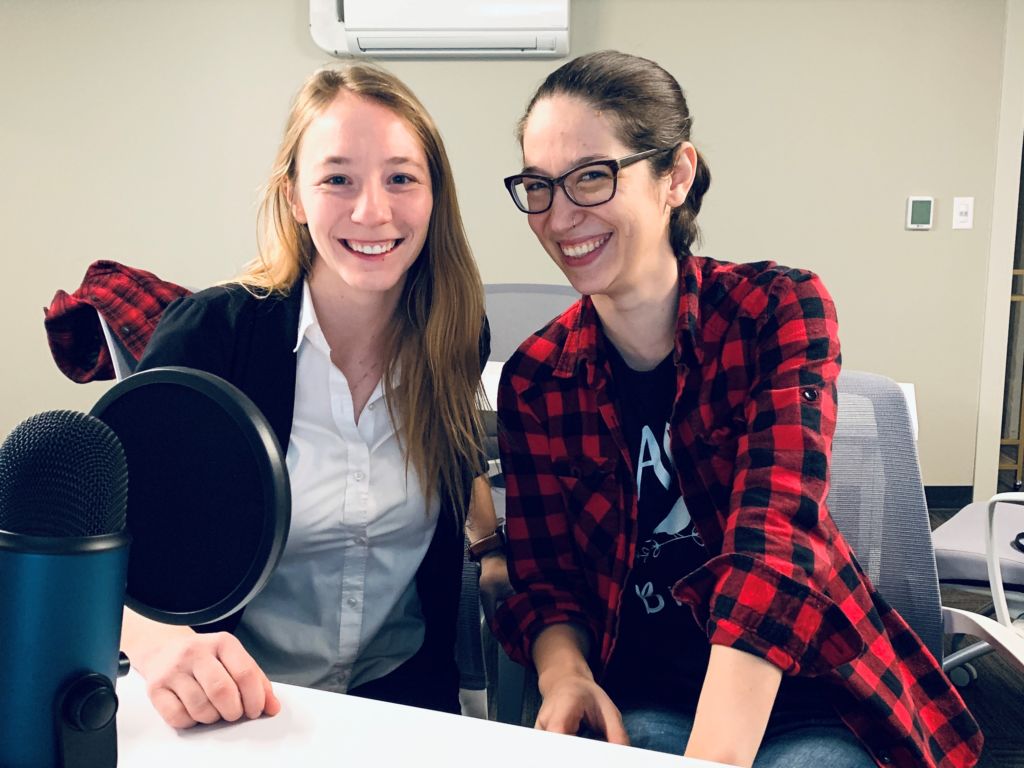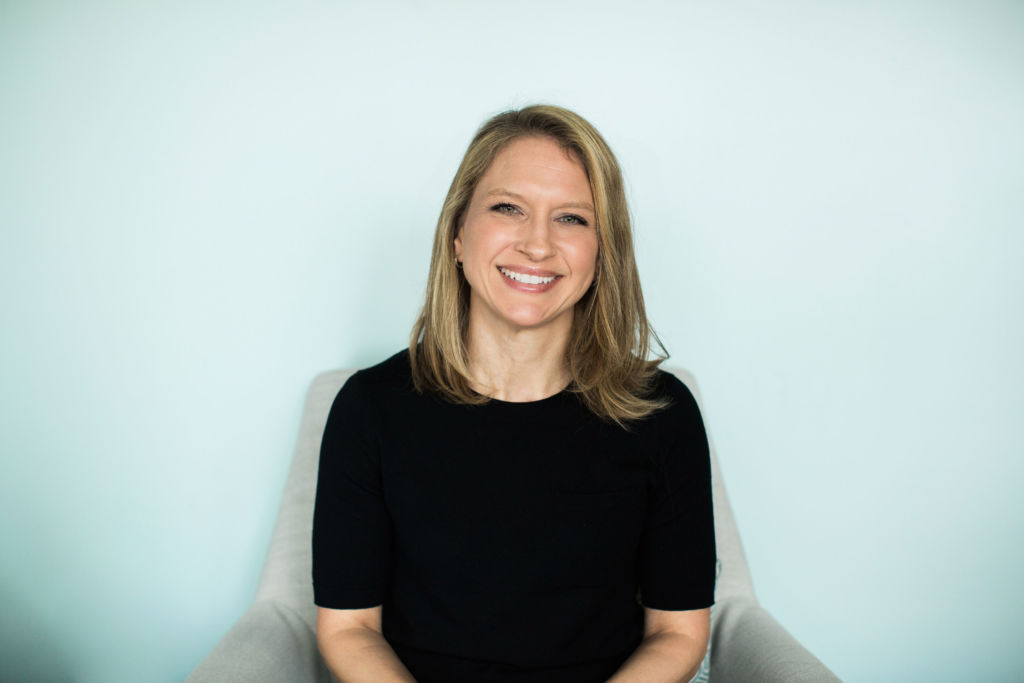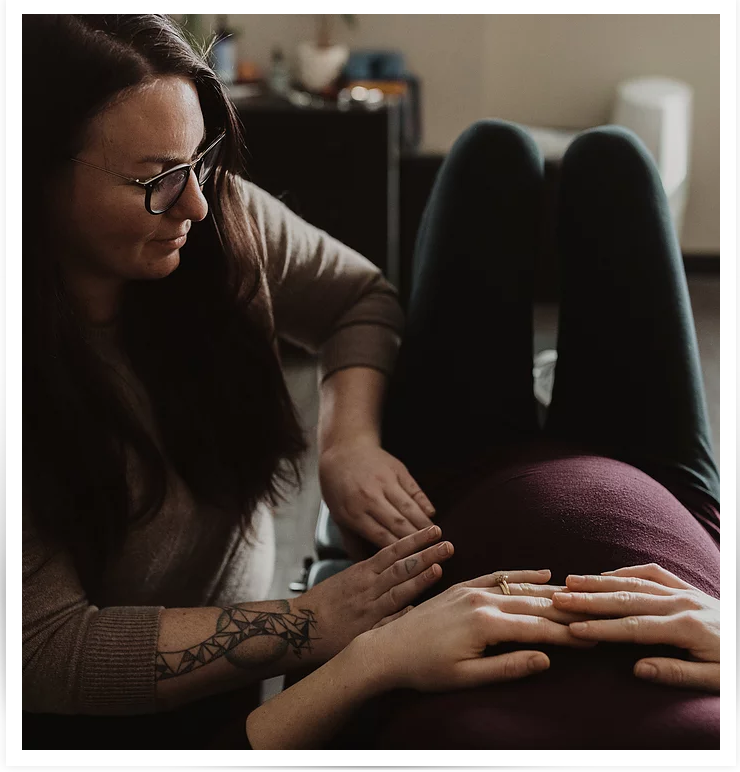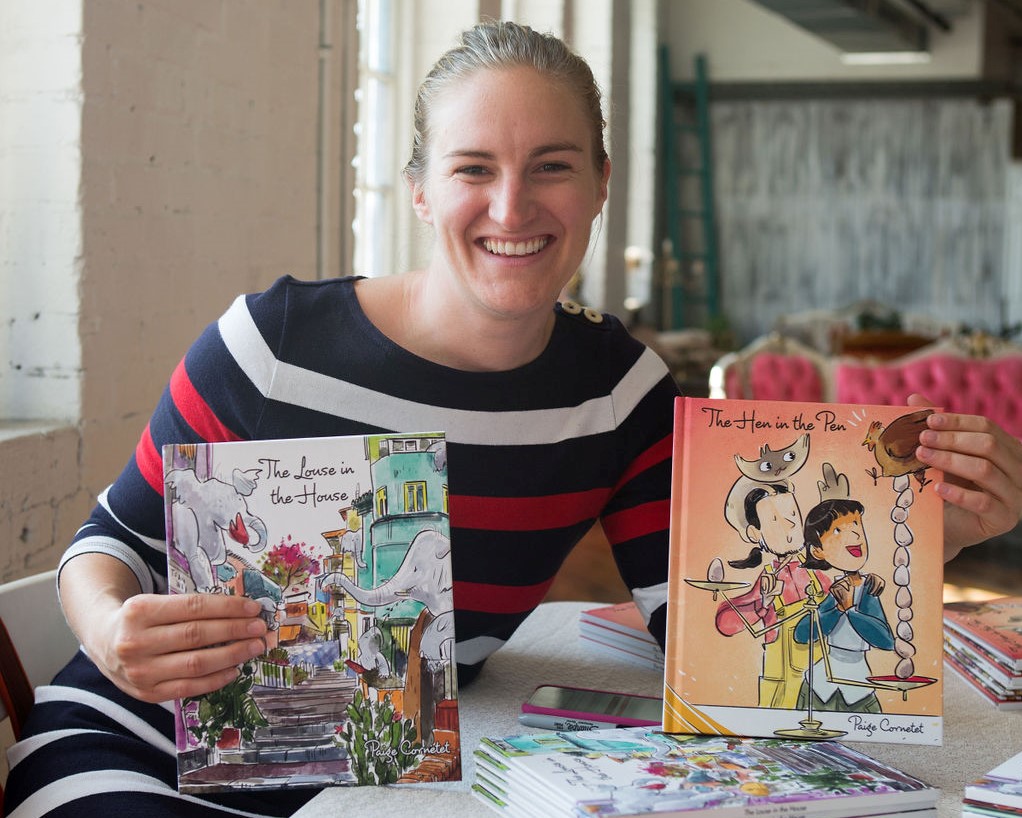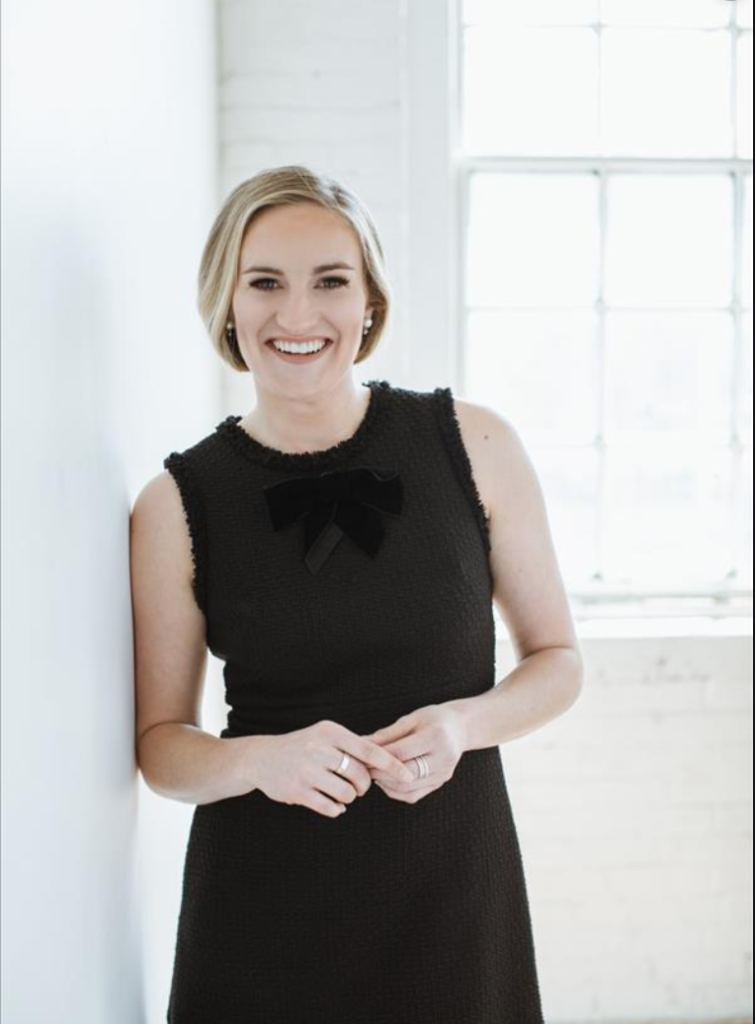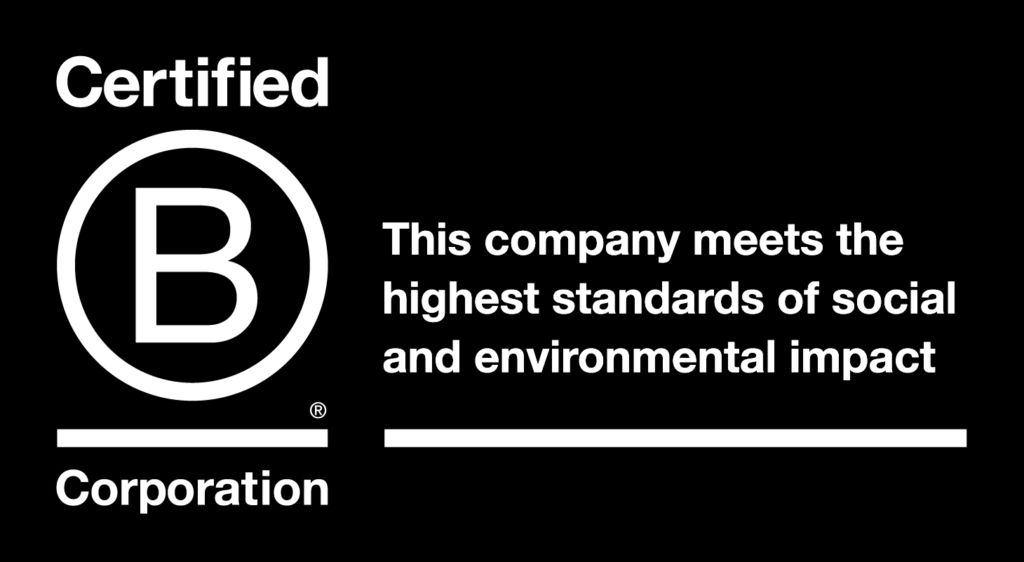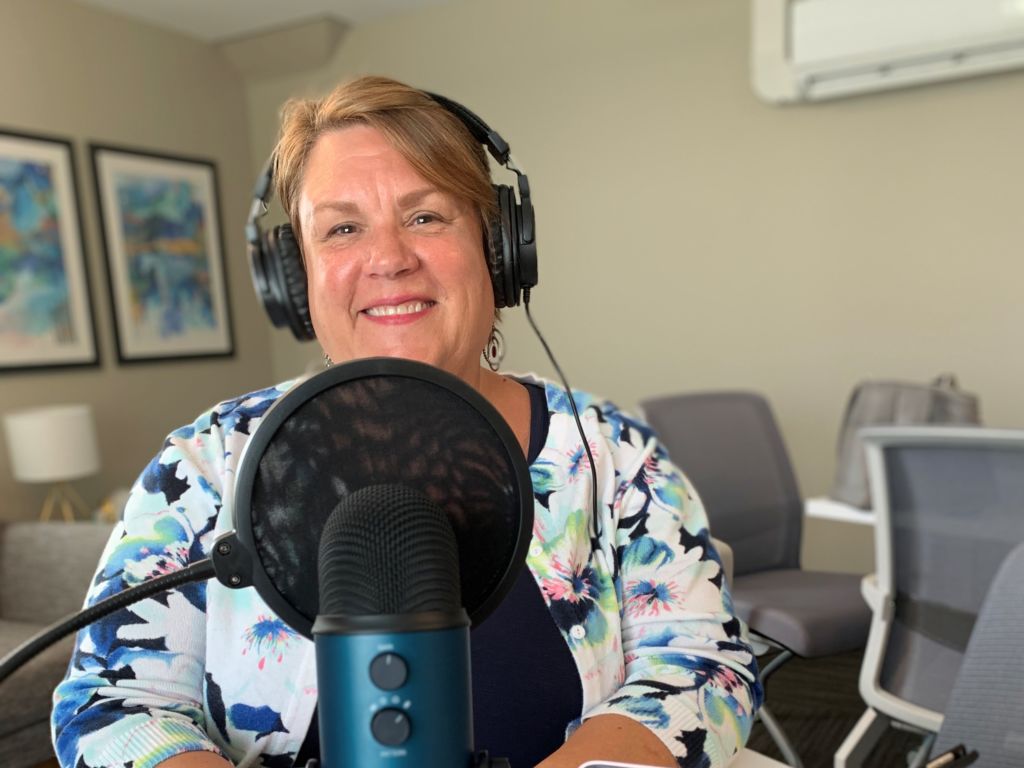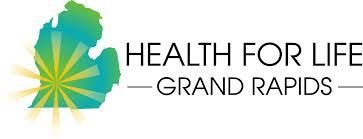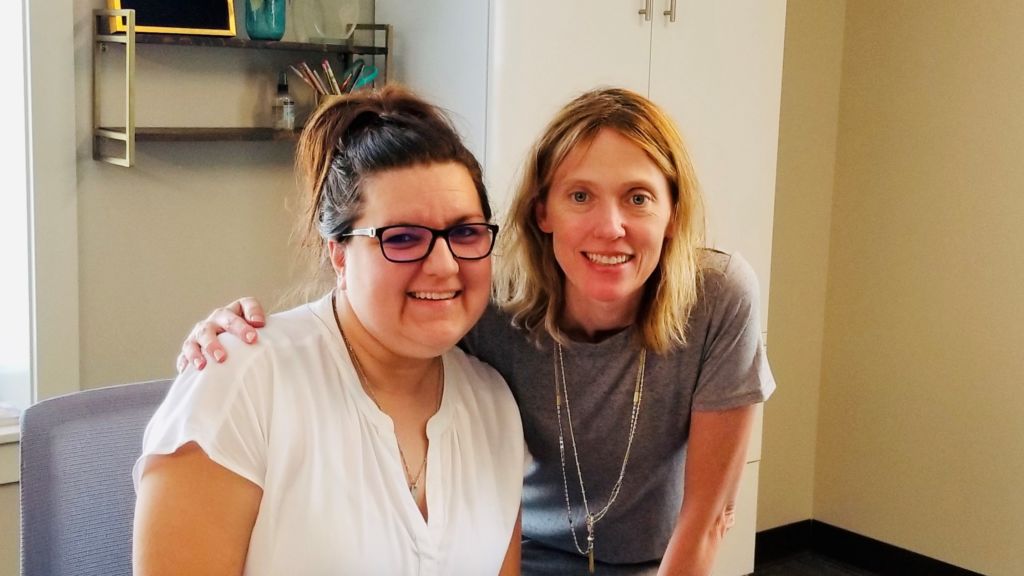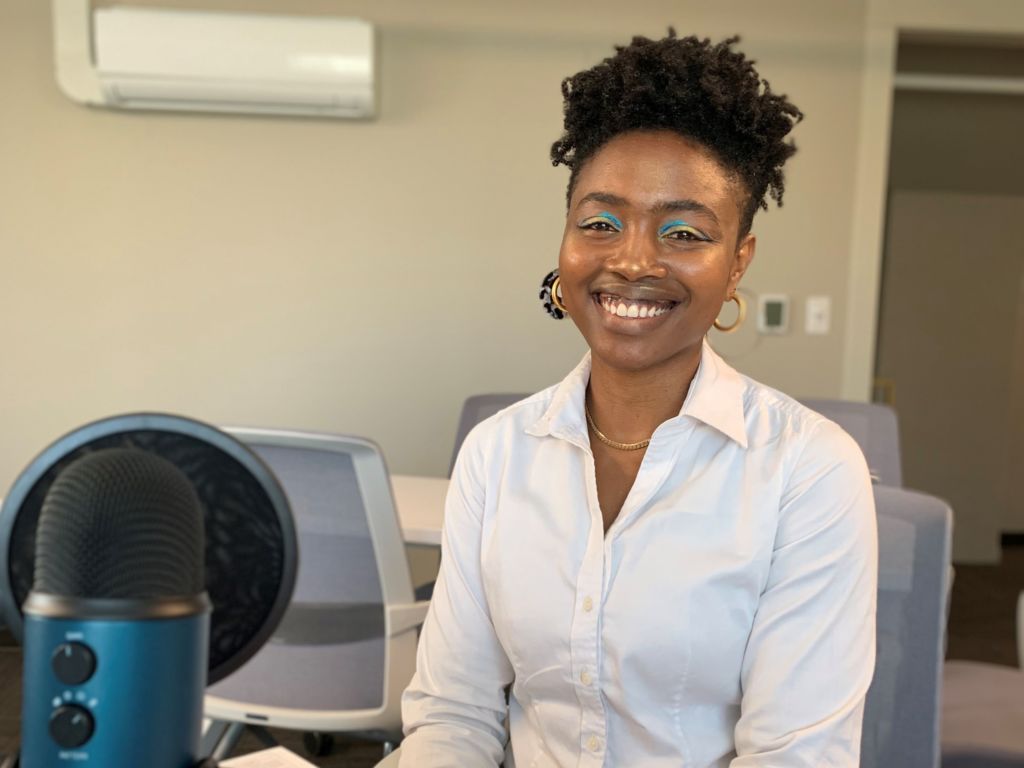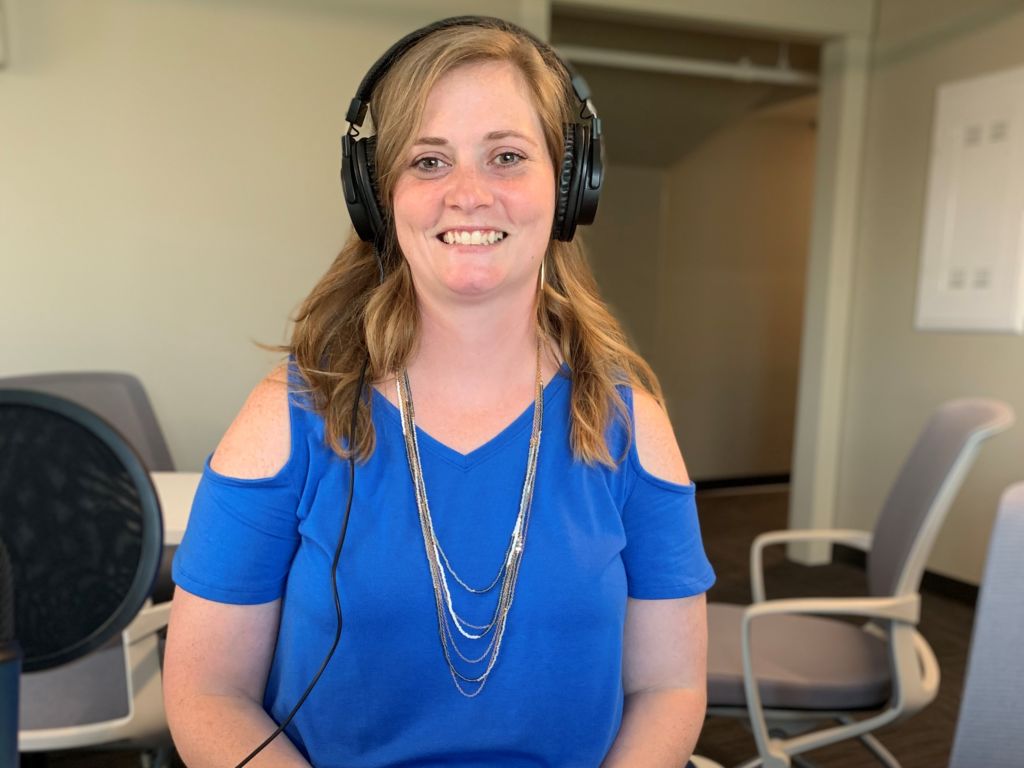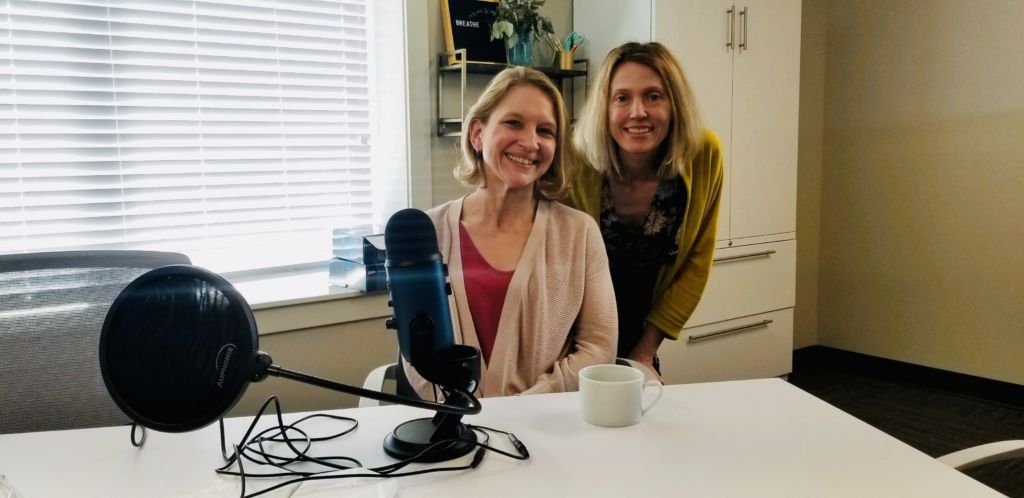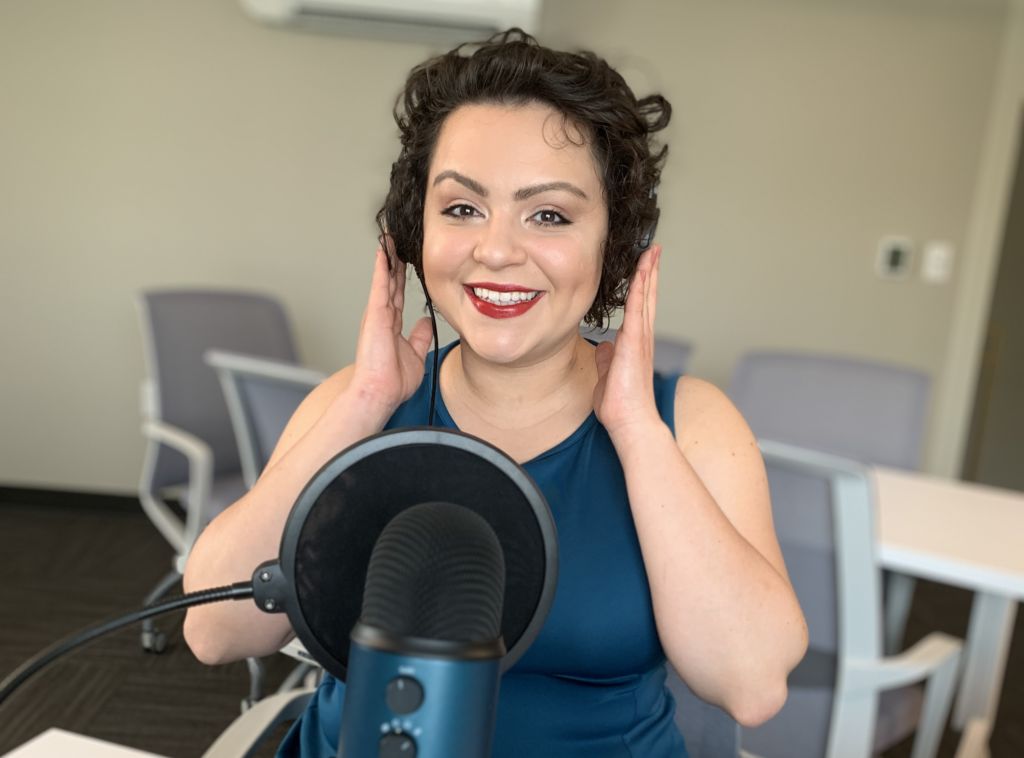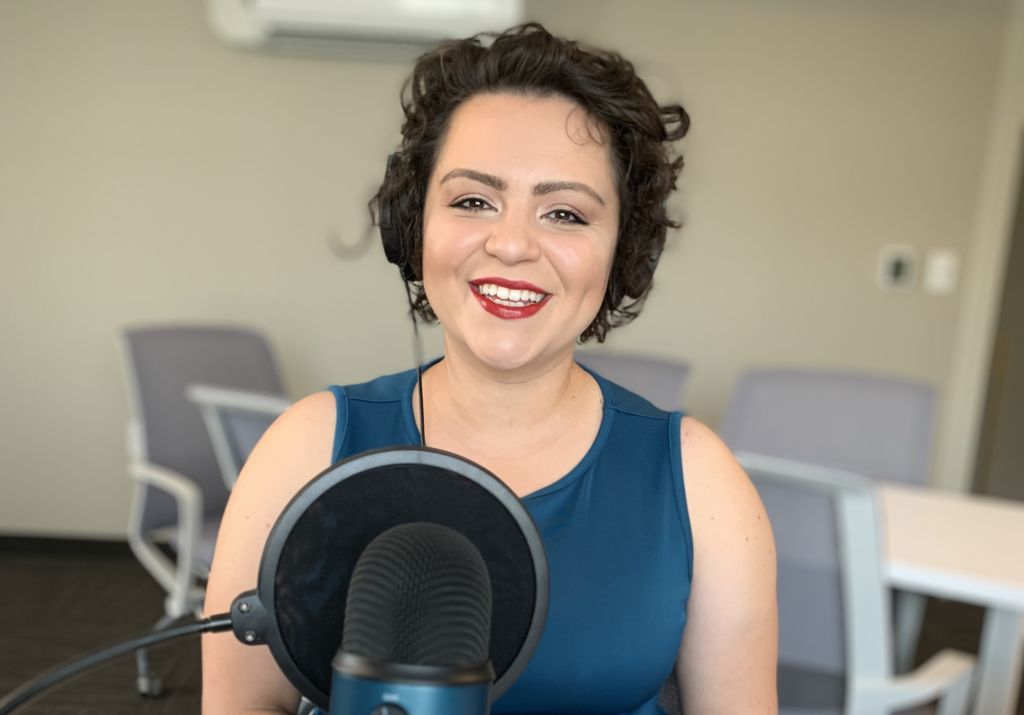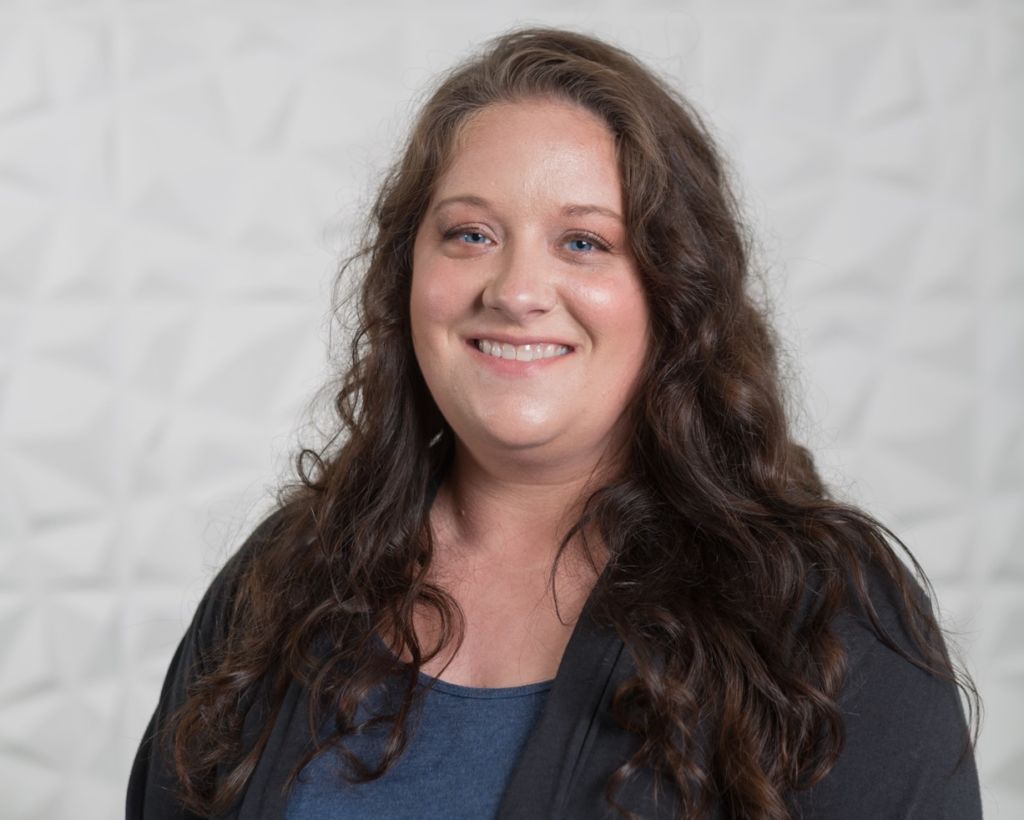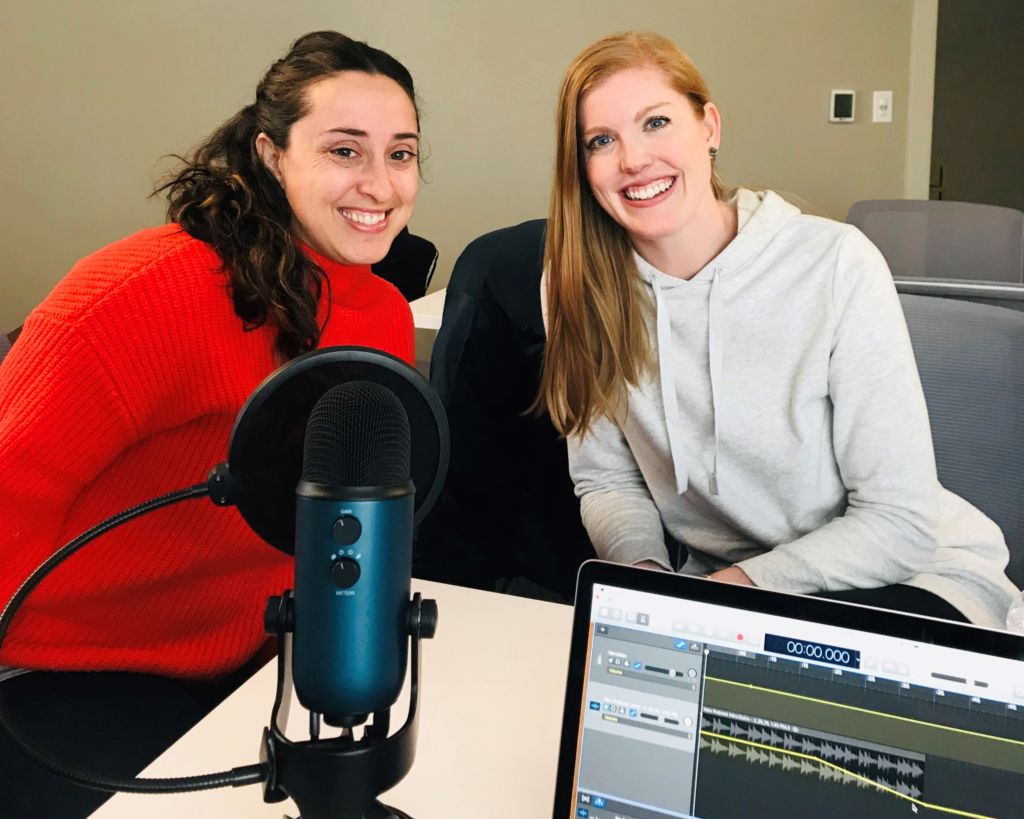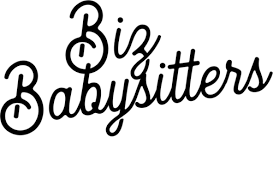Parenting During Covid-19: Podcast Episode #96
Today we talk with Laine Lipsky, parenting coach, about some best practices for parenting during the COVID-19 pandemic. She gives us all some great tips on how to manage stress and deal with out children no matter what age! You can listen to this complete podcast episode on iTunes or SoundCloud.
Alyssa: Hello and welcome to the Ask the Doulas Podcast. My name is Alyssa Veneklase, and today I am talking to Laine Lipsky, a parenting coach. How are you?
Laine: Doing great. How are you doing?
Alyssa: Great! So we kind of met online and talked, what was it, last week, and then just realized we have a lot to talk about and a lot of similar clients. With my sleep stuff — we’re actually going to talk about sleep on a separate podcast, but that kind of is what got us started talking about your parenting, coaching with parents, and then thinking about how does that relate right now to this pandemic that we’re all, you know, going through together. Myself included, we’re stuck at home with a kid, and I know personally, I think about my frustrations, but I forget that she’s also going through this. I don’t want to forget about, how is she handling this and how do I best talk to her, and how do I maybe help with some of the frustrations that I’m having, which are normal and to be expected, but maybe I could find better ways to cope with those. And then we got talking about the weather earlier, and the weather even affects all this. So let’s just kind of — you know, I would love to hear some ideas that you have on best ways to parent our children right now.
Laine: Yeah! Well, let me first start by saying, I’m really glad to be here and having this conversation, and of course we met online, because how else are people going to be meeting these days, right? Like, it’s classic. But that — and I’m going through this, too, and my kids are older. They’re 12 and 14, so there are different considerations, but I am in the same boat as everybody else, and I never pretend to be, you know, something that I’m not. But they still need parenting, so no matter how old your kids are — and I think your clients have younger kids, typically — but just know that, you know, whatever parenting style you’re using now is training ground for as they’re getting older. Whatever we practice when they’re younger becomes our habit as they grow older. And what I see really from the parents who I talk to, and I’m just reaching out a lot these days and just trying to ask a lot of questions — you know, what are people struggling with? I want to say that, in answer to your question, you know, the best way to parent, I wholeheartedly believe that there’s not one right way to parent. There isn’t. There’s great information out there, but there is a right way that’s going to feel right to you, Alyssa, right? Something that’s going to feel right to me. We may be working with the same body of information, but it’s going to sound different for you. It’s going to look different in your family because your family system is different than mine and from everybody else. We each have our unique thumbprint in our family, our unique voice, our unique soul-print, and our kids are all different. Different ages, different temperaments. So I really resist the idea that there is a best way or there’s one right way to parent. What we do know is that there are, just like in medicine when they talk about best practices, there are definitely best practices that are supported by ample research and, you know, certainly in my world, supported by the clients who I work with and in my own experience by what I see with my own kids. And there are just a few fundamental things. Uusually when you cover the basics in a really healthy, thorough way, you’re kind of covering the essential ground, and I think the word essential is really — it’s just so fitting for this time, right? Like, there’s essential business. There’s essential — you know, what is — this question of “essential” keeps coming up, and so I think a really good place to start in figuring out the best way to parent is to ask. And so I’ll throw the question back to you: what feels essential in your parenting?
Alyssa: Right. Right. So, I mean, right now, I feel like we’ve got so much extra thrown at us. I’m not a teacher, which I’ve never had to be a teacher before. So right now, her education is essential. But I also own a business, and that business is essential. And I’m also a wife and maintaining that relationship when we’re both home together and can potentailly be driving each other nuts, right? So I feel like there are a lot of essential aspects, but I also feel like the short temperedness of, you know, just I’m not meant to be home with a seven-year-old all day long, seven days a week.
Laine: Certainly! Certainly not while you’re also trying to run a business and also trying to do all the other things, right? If you were locked in and homeschooling, yes, you would be meant to do that, right?
Alyssa: Yeah, and I’d probably — yeah, I would have found a rhythm by now, and maybe that’s what it’s going to take is just, you know, maybe in another month, I’ll have a really good rhythm. But yeah, I guess essential for me right now is the happiness of my family unit and keeping my relationship with my husband whole, as well as my daughter happy. She’s seven and silly, and I’m just not as goofy as her classmates, and she’s got to get all these sillies out, but I’m in the middle of, you know, writing a sleep plan, and so her silliness is annoying to me. It’s just this, you know, on and on. And I feel like this is one small — and I have one daughter. So families who have three, four, five children — like you say, there’s no one way to parent, and even within the same family unit, each child might have to be parented a little bit differently because of their temperament. But, yeah, I think getting down to the core of what’s essential for your family and then going from there is really helpful.
Laine: Yeah. And I think what — a few things popped up for me as you were talking. Number one, I think parents feel — loving parents like you, right, well-meaning, best-meaning — you want the best for your kids — fall into this parenting trap of, like, I just want my child to be happy. Right? And I call it a trap because what happens when we witness our kids experiencing unhappiness or some sort of discord is then that triggers us. If we have this belief of, I just want my child to be happy, even if it’s unconcious, right, it filters into everything that we do, and when we witness them having some sort of difficulty or challenge, our instinct becomes to swoop in and, like, fix it and make them happy. If we change that inner — and I’m all about self-talk and, you know, what is our intentionality in our parenting — I want you to be happy, too, but there’s a trap in saying that as the goal, to be happy. If we find a different frame for that, a different word for that, a rebranding, if you will, right, of what we’re really after for our kids, it can take off a lot of pressure from us as parents. So I’m not saying there is — what the replacement word is. I can give you some examples or some ideas, and sometimes I can just see in parents, like, their shoulders go down a little bit, right? One word that might be a little less loaded than “I just want my kid to be happy” is, “I want my child to learn how to be resilient.” You know, how to bounce back from things. So, for example, if we were to go with that word as the intention, then what happens is, when you’re seeing your child struggle, when you’re seeing your child have a difficult time, it’s not — the instinct doesn’t become, how do I swoop in and fix this to make her happy? It’s, how do I sit with this and help guide her through an opportunity to become resilient. Right?
Alyssa: And that sounds like the perfect word right now because even as adults, we have to be resilient through this unknown for an unknown period of time.
Laine: Totally. And so how do we model resilience? As your child gets older, it becomes — and I have lots of clients with kids who are older, and sometimes we start when their kids are older and, you know, I say, it doesn’t — it’s not a lost cause if your child’s already 12 or already 15. It’s harder, but our brains are so plastic and our brains are resilient, naturally, that if we train in a different way, we will develop new habits. It’s totally possible to teach old dogs new tricks when it comes to parenting. It is. So I’m a full believer in Pavlov’s psychology in that way and training. Right? I mean, it works. So when you are — as your kids are getting older, it becomes more and more important for us as parents to be modeling for them what it looks like to be that thing that we want them to be because I guarantee you by the time your child is seven, maybe even younger — if you were to ask her in any particular moment, what am I going to say to you right now? You’ve said that thing, whether it’s time for bed or it’s time to brush your teeth or it’s time to, whatever, get your shoes on — I guarantee you, she will know what you’re going to say, in 99% —
Alyssa: Oh, she already does that to me. Absolutely. She’ll tell me before she asks a question — she already knows my response, so she’ll preface it with my response.
Laine: I know you’re going to say no —
Alyssa: Right, right.
Laine: I know you’re going to say maybe, but I’m going to ask. Right? So, good. That means you’ve been doing your job of being consistent and a consistent messenger. Consistent salesperson of your values and where you stand. So she knows where you stand. That’s awesome. Then what becomes a slow but steady and sometimes really challenging journey for parents is to just start modeling these things and to start shifting the focus back to ourselves, which is very counterintuitive because we spend so long so enmeshed with them. Right? Parenting is, like, the ultimate enmeshed relationship, slowly untangling so that we find the boundaries between us and them so that they’re actually seeing what we want them to be receiving. Does that make sense?
Alyssa: Yeah. They can sense our anxiety and our nervousness and maybe our fears with what’s going on right now. So I like that. You know, take a step back and say, how am I going to react to this because I know she’s watching or they are watching. They’re learning how to react by watching us react.
Laine: Right. And so another level to the answer of your question, how best to parent, would be, how are you parenting yourself right now? What are the messages and all the things that go into it, right? What’s your self-talk and how you’re handling your own stress? What is your self-care? These are the pillars of what I teach. Right? Self-talk and self-care; self-regulation. Right? And then having the outer skills to be actually helping your child navigate some of these things. But if you’re just saying the things and you’re not doing the things that you know are going to be helpful, then it’s going to fall flat and will fall on deaf ears eventually. So an example; let’s talk about your — you know, that you can’t be silly; you’re trying to work, right? And she’s trying to be silly and it’s, like, probably annoying to you. Right? If we’re going to be honest. And it gets frustrating because you’re trying to get stuff done, and you can’t feed that need that she has to be silly. Right? Well, what happens around that? Right? Let’s call that awareness building. Like, do you start saying to yourself things like — a lot of — I’m not trying to, you know, coach you here necessarily —
Alyssa: I’ll be an example. It’s fine.
Laine: — a lot of parents who will say things like, you know, well, that starts a whole series of self talk in my own head which is, like, I’m a bad mom or I can’t do this or I wasn’t cut out for this or, you know, oh, I just — things have to be different now, when they actually can’t be different, and it just sort of drives that negative thinking further and further into feeling solid, and it stops us from feeling fluid. Right? So — and it closes us down to what is possible. I always ask, like, what is possible? What’s possible for time that you can set aside to be silly. If you’re not the silly mom, maybe that’s just not your thing. That’s not your style of parenting. So where can she get the sillies out? Is it — you know, could she — then that’s a new conversation, right? How do we address that need without putting the burden on ourselves and having to figure it out for them. Oh, I see she’s got a need to be silly, so can she perform something? Could she put on silly clothes? Could she — the possibilities there are kind of endless, but what I’m trying to do, and I feel like my particular skill with parents, is to change the upfront question so that then we can open up different doors of possibility. Right? It’s not, like, how do I get her to be entertained. It’s, like, how do I figure out how to meet that need or get that need met for her? And I might not be the best person. Maybe it’s — sometimes it’s the partner. Sometimes it’s crafting or sometimes it’s a different outlet, but it doesn’t have to be you, and that’s one option. Another option is could it be, or could you be open to that possibility of being, like, I don’t know, I’m not naturally the silly mom, but, like, I’m being called to this in this moment. Could I, you know, put some boundaries around work and explain to her, you know, once I finish this — or maybe try to be silly first. Maybe her silliness, her call, her invitation to be silly, will actually help your work. What about that? What if you — like, this is how I’m just — like, I get playful with this stuff. Right? Like, what if you were, like, I’m going to — like, I’m going to really commit to being silly here, and I know it’s, like, for us intellects, it’s like, okay, I have to, like, decide how to be silly. I’m going to make a plan for being silly —
Alyssa: I have to schedule it in my day. Silliness at 2:00.
Laine: I need to put on the silly makeup; I’ve got to find the — okay. So you do that thing. You get silly. You have a frame around it, so 20 minutes. I’ve got 20 minutes. Let’s be super silly. And you just, with reckless abandon, get silly, and you hold a boundary at the end of it, and there’s an end to it. Maybe you film it. Maybe she watches it on the replay. You know, there are lots of options there. And then I’d be curious — this is genuine curiosity — I’d be curious how your work was then informed by that.
Alyssa: Yeah, it’s a great idea.
Laine: What lightness would be brough to it? What fun — what more fun would you bringing to work, and how would that manifest itself in the outcome of your work itself? How much more fun would you have working if you just had, like, a half-hour playtime beforehand?
Alyssa: And it truly — that’s all it takes. Twenty to thirty minutes is a lifetime to kids. You know, they don’t know if 20 minutes is any different than 2 hours. I mean, granted, she’d love to hold me — hold my attention for 2 hours, but, yeah, 20 minutes —
Laine: Held hostage!
Alyssa: Yeah.
Laine: I hear that a lot.
Alyssa: Close to it.
Laine: Well, better for her to hold your attention or hold you hostage in a positive way than having her hold you hostage in a negative way, because unfortunately, that’s what ends up happening with a lot of parents is they don’t dive in fully with both feet for the 20 minutes, and then for the — instead, what they get for the rest of their day is their child or their kids clamoring for their attention in negative ways. And kids are going to — I worked with kids for years before I started working with parents. I know this one for sure: that if kids don’t get it in a positive way, they’re going to seek it in any way they can, and at the end of the day, they don’t care how they get your full attention. So they’re going to do whatever it takes to get it, and if that means that the only time that you — and I say “you” as a universal you, not you, Alyssa, but you — the only time you put down your phone and you look at them is because you’re so mad and you’re so frustrated that that’s the only time you are making full eye contact with them, putting your full attention on them — I guarantee you, that is going to feed their association with, “this is how I get Mommy or Daddy’s full attention.” Does that make sense?
Alyssa: Yeah. It does. So for a parent with four children, that just means they might need to take some time, you know, depending on the age of the children, I would imagine — you know, 20 minutes each? Or maybe if there are two that are similar ages, you give 20 to 30 minutes to those two at the same time, but that just maybe takes a little bit more planning for somebody with more children to try to give them some dedicated time each day?
Laine: Yeah, and so it’s — this is a really unique time to be figuring all this out, and I kind of get resistant about being, like, “schedule this, then schedule that and schedule that,” and I’m really more of a fan of having rhythms in the day. So, like, sort of a play time, and then there’s a down time, and then there’s a, you know, an alone time, and then there’s a together time. But figuring out what rhythms. Some kids want to be alone in the morning. Some kids want to be alone later in the day. You really have to know your kid. When it comes to having multiples, so let’s just say you’ve got two, three, or four kids. Right? I mean, but — or twins. I said multiples, so it could be twins, too. I have found that it’s easiest for parents to think about spending, like — dividing and conquering in one of two ways, either going by age — so you take the two olders and do something that’s sort of that age-appropriate, or you take the two youngers and you do something that’s sort of age-appropriate for them. Right? That’s usually how people do it. But another way to think about it is to take them, if you can, by temperament. So if you’ve got two kids who are really high-energy — could be an older one and a younger — if you have four, could be your oldest and your youngest, but they’re both super high energy — it might be easier on the parents to take them as a pair, and if your middle two are quieter and more sedentary, to pair it that way.
Alyssa: Yeah. That’s a great idea.
Laine: So a lot of different ways to — I call it just dividing and conquering, and tag-teaming. If you have — if you have a partner and the schedules are aligned and you can make it happen, you know, a lot of us feel guilty when we don’t have this perfect notion of, like, everybody’s spending family time together. Family time doesn’t have to be everybody all together doing the same thing in the same place. Family time can be very, very well spent separating, tag-teaming, I call it; dividing and conquering, whatever, doing your own thing; doing what feels best to each pairing; having the parents flip around from time to time is a good idea, too; mixing it up, and then all coming together, and then suddenly you find you’re sitting at dinner, and you’ve got more stuff to talk about, you know? Even if the afternoon playtime session is, say, you know, 20 minutes, and one parent takes two, and the other parent takes two, and you watch something different, or you’re doing a different puzzle. At least there’s been a different kind of experience and you’re not all in the same experience at the same time, because then there quickly becomes nothing to really — nothing novel to spark the conversation or to keep the energy new.
Alyssa: Yeah. I like that.
Laine: It’s like the same people at the party. Same people at the party all night long. It’s fun when new people arrive.
Alyssa: Yeah. You can talk about what the other group did, and then you’re not — you can actually enjoy the time in segments together but apart because you’re not constantly trying to round and wrangle this one kid who doesn’t want to do the puzzle, who wants to play outside and just becomes this chaotic — more of a hassle.
Laine: Yeah, and I think that anytime we can look at getting back to this idea of “essential” and what is best parenting, right? What is really — like, what is the value that you hold? So — and then sort of letting go of how that has to be, how that has to happen. Going more after the what and letting go of the how. So one example: a client of mine, she’s like, “I just want to have family meals together,” and her kids were older, and she was so upset that, you know, they’re — one child had this, you know, violin practice after school, and another child had team practice in the evenings, and she had things going, and they weren’t having dinner together, and she was so upset about it. But she was missing out on the fact that every morning, her family was having breakfast together. And I was like, where — like, the idea of having a meal together once a day — why does it have to be dinner? Let’s let go of the how, right, and let’s look at the what. And she was, like, oh! We have a meal together every day! But nothing changed in her reality. It was just looking at it differently. She was, like, oh, dinner is our sort of chaotic — you know, she started calling it the dinner dance, and she was, like, we’re doing the — and just everything lightened up around it, and before that, she was just feeling so, so heavy about it. And sometimes all it takes is, like, a reframe and a perspective shift about what’s going on. So getting back to what is really essential; what is your value, and where are you getting that? And, you know, I’m not somebody who, like, sprinkles sunshine all over the place, but I do believe in looking at what is really going on and what is working as a starting point and moving from there to, okay, what do we need to tweak, because sometimes if you go into something, this just isn’t working, it’s like you miss out on the pieces that are working. You think you need a total overhaul when in fact you don’t. You might just need a few tweaks.
Alyssa: Right. So we talked a little bit before about weather — because we’re on opposite ends on the country and how weather can play, and you’ve lived all over, you know, and we — I was telling you that we just had one of our most beautiful weekends in Michigan in a long time, and it’s spring and gorgeous, and it’s been so cold that everyone was so happy to get outside, whereas you have kind of beautiful weather all the time. So it’s like you take it for granted and these little things. People are like, oh, my gosh, it’s raining. Will we ever see the sun again? And you’re like, yep, tomorrow. We’ll see the sun tomorrow. But weather plays a huge factor in our mental health. You know, when we have a week straight of dreariness, it is really hard, and then tack on quarantine with that, right; we can’t go outside. It’s too cold; it’s raining; it’s muddy. Now you’re stuck inside and you’re not getting vitamin D, and you just feel it; you feel it in your core. It’s almost like this heaviness just sets in. But the sun, you know; the sun seems to relieve it for us in Michigan, anyway.
Laine: Yeah. Yeah, I think that’s a really real thing, and, you know, another way to — I spoke to somebody — I have lots of family — I’m from New York City, so I have lots of family back east, too, and sometimes — at least, this was a week ago — maybe two weeks ago, so things change, you know, as we’re going through this. It’s like what felt okay two weeks ago might not feel good now or feel okay now, but at least what they were saying two weeks ago was, well, when it’s raining, at least I’d be inside anyway. You know, when it’s crappy out, at least I’d be inside anyway, so there’s not this pull to go outside to be rained in. I think that — look, I don’t have, like, a magic answer for that. I think the more anybody can get outside, the better. I think that, you know, that’s just science. That’s not me even talking. What I also know about our own well-being: getting our kids outside and getting fresh air — they don’t care if they’re cold. If you bundle them up — you know, my brother lives in Seattle, and he’s a big fan of saying, there’s no such thing as bad weather, just bad gear.
Alyssa: True!
Laine: You know, so you bundle up properly; you get the right rain gear on, you know. I went on a — I did a 30-day mountaineering course a long time ago in a mountain range in Wyoming, and, you know, we were suited up for whatever came. So, you know, we did whatever we did, whether it was raining or snowing or, you know, whatever. So I believe in that, too. And, you know, so I think bundling them up and getting them outside — you may not want to be out in it. I totally get that, but let them go out; let them breathe some fresh air. For the adults, there’s lot of science around this concept of getting some benefit, some of the same benefit you would get if you were to go outside by just looking outside. So if you position yourself near a window, if you have a view — you know, I know people like my family in New York City, sometimes the view is a brick wall. Like, that might not feel so good. But watching a nature video is not the best, but it’s better than nothing. You know, there’s a reason why they play a lot of those nature videos in waiting rooms and doctors office, right, to just, like, have people chill and relax. Listening to nature sounds on your, you know, your radio station or your Alexa or whatever you’ve got going on in your house and just having that as the backdrop for your home can be a very soothing thing to do. And, again, it’s not — I’m not saying that will solve the issue, but it’s better than nothing.
Alyssa: Well, I think this is really helpful stuff. Is there anything else that, you know, just a parent right now going through this, that you would love for them to hear or know, and then tell them how to get ahold of you, too. I mean, even though we’re on opposite ends of the country, I feel like virtual support is just kind of the thing right now, so we can support people anywhere.
Laine: For sure. And I have an online course designed for just that. Yeah, I think what I want to tell parents is to remember that you’re not alone, and as trite or as cheesy as that may sound right now, it’s really important to remember to universalize what you’re going through and just pay attention to how you’re talking to yourself, what you’re saying to yourself, because that’s the stuff that will sink in and eventually will come out at your kids. So just keep your self-talk top of mind. Right? Be really, really aware of what you’re saying to yourself. So, you know, I’m going to just practice self-compassion; kindness. You know, make sure you’re doing your best to talk to yourself the way you would talk to a really good friend or the way you’d want a good friend to talk to you, and if that’s a totally foreign concept to you, that is a practice that can be learned. It’s something that I teach. And as far as getting in touch with me, you can visit my website, and I’ve got a free course there. People can watch that and certainly get a lot of great information about discipline without breaking their child’s spirit and without losing their own mind, which I think is essential right now. And if anybody listening to this knows — I just want to give a special shoutout to people who are, like, yeah, I know parenting is hard, but, like, my situation, it’s, like, really hard. Like, they’re really struggling. Then I just invite you to book a free call with me. And that’s a free session, and I’m happy to have a conversation, a parenting conversation, and see how I can help people. Happy to do it.
Alyssa: Well, thank you so much for joining! We will have another podcast after this. We’re going to talk about sleep and parenting.
Laine: Awesome. Sounds great. Can’t wait!
Alyssa: Thanks for listening, everybody!
Parenting During Covid-19: Podcast Episode #96 Read More »


